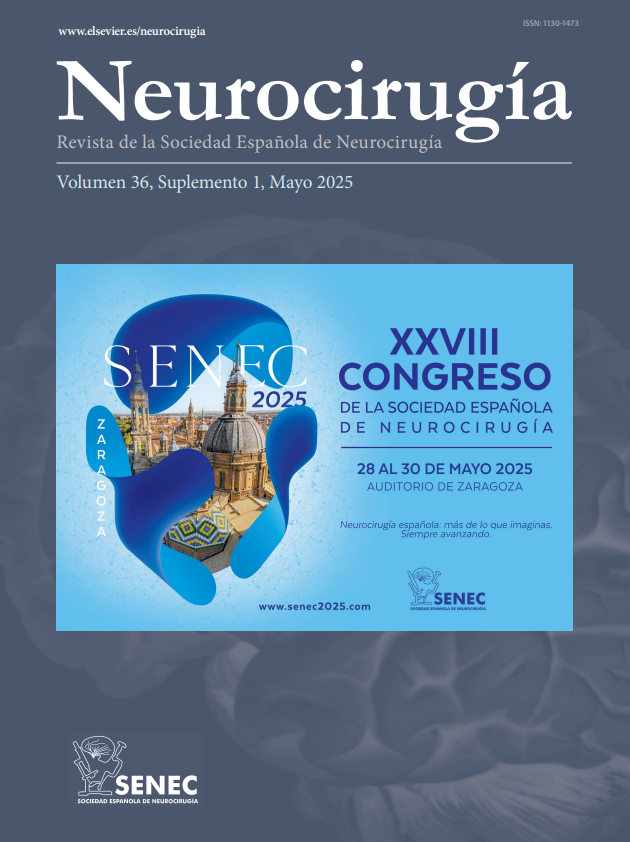Atlantoaxial dislocation often results in upper cervical spinal cord compression, which may lead to significant neurological impairment. Among these, os odontoideum (OO) is a rare anomaly where the odontoid is replaced by a separate ossicle. Case one describes a 36-year-old male with dystopic OO presented a 4-month history of progressive incomplete quadriparesis. Radiological evaluation confirmed the presence of atlantoaxial dislocation associated with basilar invagination and OO, demonstrating an ossified structure with functional fusion between the free odontoid segment and the basion. Case two involves a 56-year-old female with orthotopic OO manifesting as cervical pain and arm weakness. Imaging studies revealed OO with anterior atlantoaxial dislocation. Dynamic radiographs demonstrated synchronous movement of the free odontoid ossicle with the anterior arch of C1 during flexion–extension. This study compares the clinical manifestations, radiographic features, treatment approaches, and outcomes between orthotopic and dystopic OO variants in patients, providing clinically relevant insights for management decisions.
La luxación atlantoaxial suele provocar compresión de la médula espinal cervical alta, lo que puede generar discapacidad neurológica significativa. Entre estas, el os odontoideo (OO) es una anomalía rara donde el odontoides es reemplazado por un osículo independiente. El primer caso describe a un varón de 36 años con OO distópico que presentó cuadriparesia incompleta progresiva durante 4 meses. La evaluación radiológica confirmó luxación atlantoaxial asociada a invaginación basilar y OO, mostrando una estructura osificada con fusión funcional entre el segmento odontoideo libre y el basión. El segundo caso corresponde a una mujer de 56 años con OO ortópico que manifestó dolor cervical y debilidad en brazos. Los estudios de imagen revelaron OO con luxación atlantoaxial anterior. Las radiografías dinámicas demostraron movimiento sincrónico del osículo odontoideo libre con el arco anterior de C1 durante la flexo-extensión. Este estudio compara las manifestaciones clínicas, características radiológicas, enfoques terapéuticos y resultados entre las variantes ortópica y distópica del OO, ofreciendo perspectivas clínicamente relevantes para la toma de decisiones terapéuticas.
Article

If it is the first time you have accessed you can obtain your credentials by contacting Elsevier Spain in suscripciones@elsevier.com or by calling our Customer Service at902 88 87 40 if you are calling from Spain or at +34 932 418 800 (from 9 to 18h., GMT + 1) if you are calling outside of Spain.
If you already have your login data, please click here .
If you have forgotten your password you can you can recover it by clicking here and selecting the option ¿I have forgotten my password¿.








